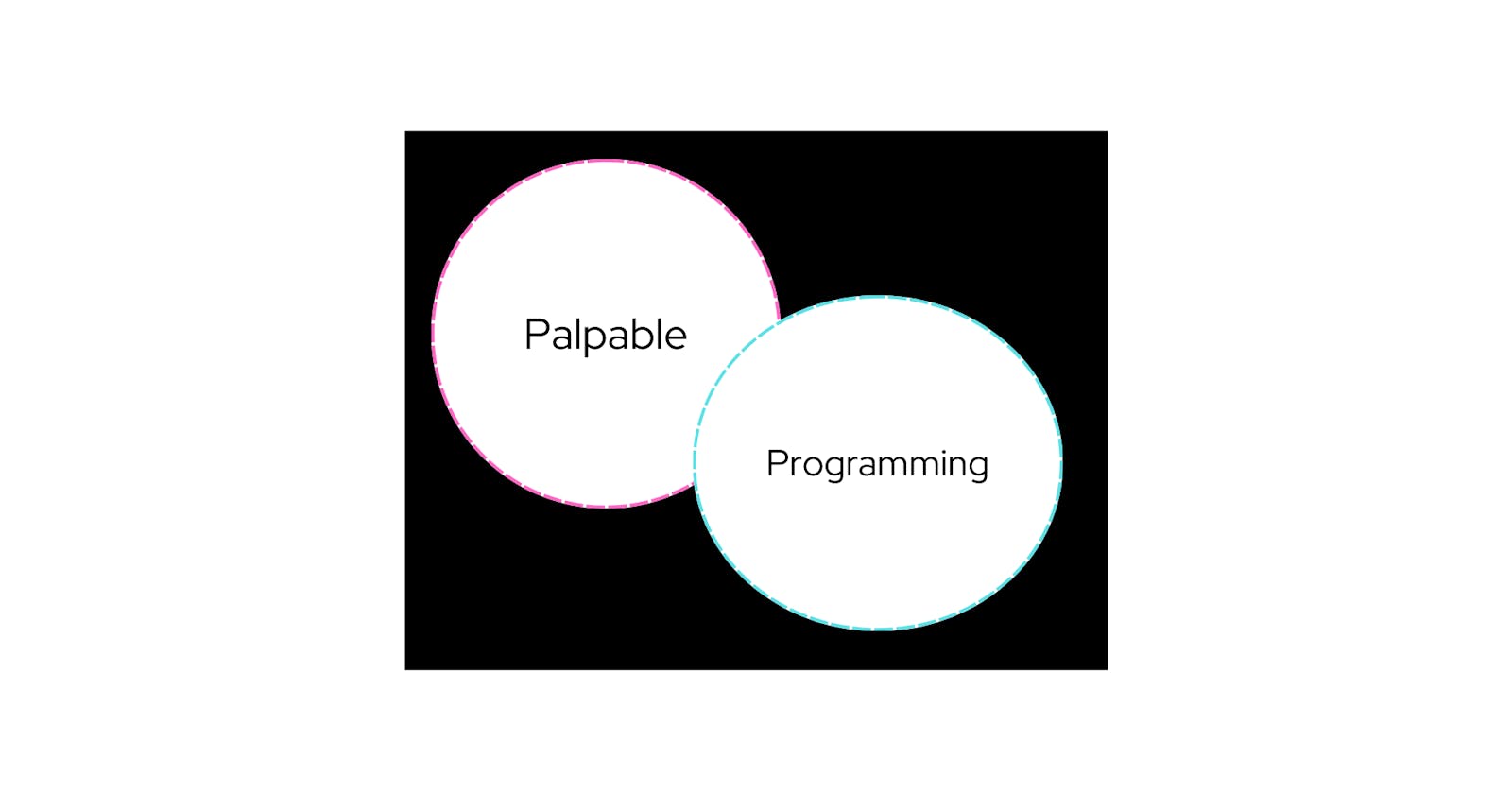The Context API is a great topic to learn and apply, but it can be tricky—not because of any dependencies, but simply due to its nature. The functioning of the Context API is similar to Redux, which underscores the importance of understanding the Context API.
I'm sure that the concept of 'context' is common knowledge, so let's first clarify the term API. But before we dive in, I'd like to ask you not to see API as something overly serious or intimidating that you can't grasp. It's actually quite straightforward, and I'll explain it in simple terms for you.
An API is like a translator; it acts as a mediator between two machines. This is why APIs are so widely used. They facilitate communication between the backend and frontend, between our backend and another frontend, or even between machines using different languages, such as Java and C++.
Now that we understand what APIs are, can you guess the role of the Context API? Don't worry if you're not sure. From whatever understanding I've established, the Context API provides global context for parameters. This means that we don't have to pass parameters as props to different components unnecessarily, just to make them available where they're needed.
If you're familiar with React, you've likely heard of props, which are essentially parameters passed to other components or elsewhere in the code (I hope I explained that correctly). It doesn't take much effort to turn these props into a nightmare, especially if you initialize a parameter at a higher level in the component tree and then need it at a lower level.
One intuitive way to overcome this is to make these parameters global, but this approach leaves them vulnerable to various issues. When we compile every context into a single file, some contexts may interfere with others or even prevent them from initializing due to logical differences. That's why this is not an optimal approach.
By creating contexts and then importing them into the files where we need them, we save a lot of time and mental effort, which can be redirected towards more optimizations. Additionally, we need to wrap our context around either our App.jsx file or main.jsx file, which ensures that we can access our context, which is the primary reason we created the context in the first place.
The functioning of the Context API is similar to Redux, except that Redux is generally easier to deal with and understand for newcomers. However, since I haven't practiced enough with Redux, I'll have to refrain from making a definitive statement on this.
